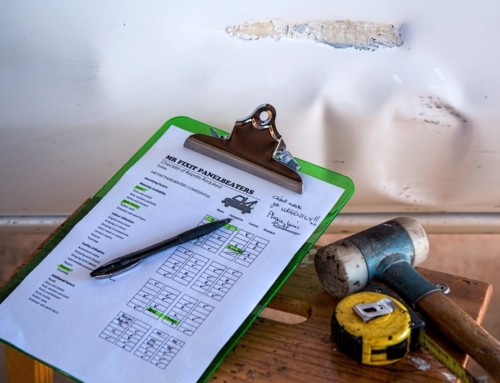
Air Rhodesia Viscount Aircraft. Image credit MediaWikihi
ZIMSEC O Level History Notes: The Struggle for Independence in Colonial Zimbabwe 1900-1980: War Activities after the Geneva Conference
- ZIPRA began to penetrate into the rural areas and also lost two of its leaders
- Jason Z Moyo was killed in by a parcel bomb and Alfred ‘Nikita’ Mangena was killed in a landmine
- Despite these stumbling blocks, they fielded 2000 soldiers and extended their operational areas
- The Liberation War took a new turn in 1978 and ZANU named it the Year of the People
- There were 13 000 ZANLA forces by the year 1978 including women
- Women had been previously recruited as chimbwidos, nurses, cooks, secretaries, teachers and porters of arms
- They however managed to break barriers and take up primary roles in the liberation struggle
- The struggle spread to the capital by mid year 1978
- The oil storage tanks in the capital were rocket blasted and burned for a full week
- The blasting of the oil tanks marked the helm of the liberation struggle as guerillas were now near their victory
- The ZIPRA tried it in Bulawayo but they found the tanks empty
- The ZIPRA forces however managed to shoot down two Viscount Aircraft killing almost a 100 passengers altogether
- The government tried deal with the war by extending compulsory rule for a two more years in 1978
- The inscription of the blacks was much more harmful especially on the budget as it was now strained by increased manpower and it also had effects on the economy
- By the end of 1978 the Rhodesian forces had lost control in some areas
- Smith eventually the One Man One Vote in November 1978 but avoided talk with the PF
- He also the employed the method of seeking support from moderate leaders such as Muzorewa who were labelled as sellouts by the guerrillas
To access more topics go to the History Notes page.







